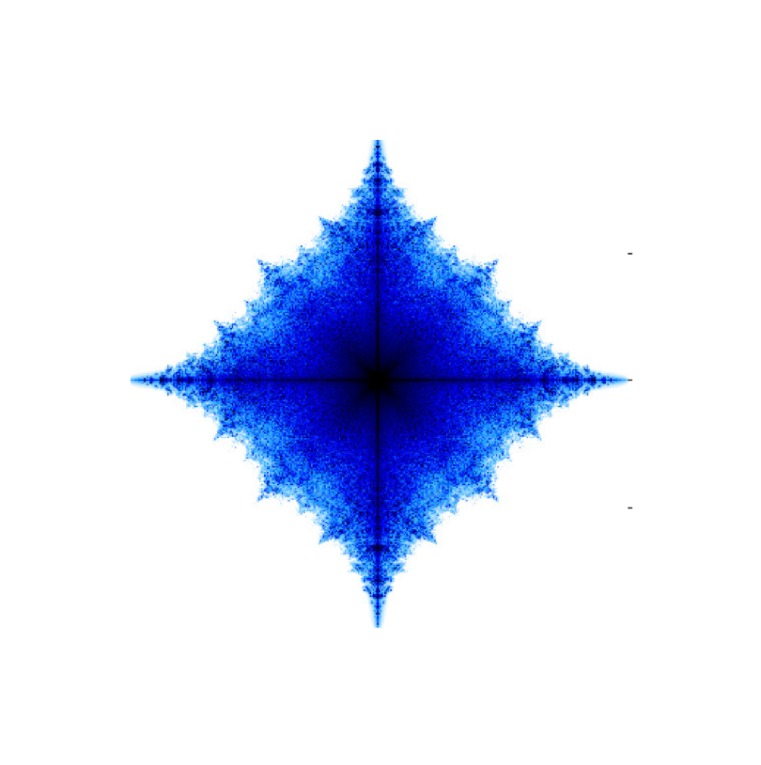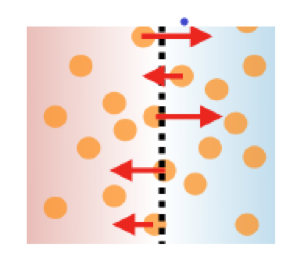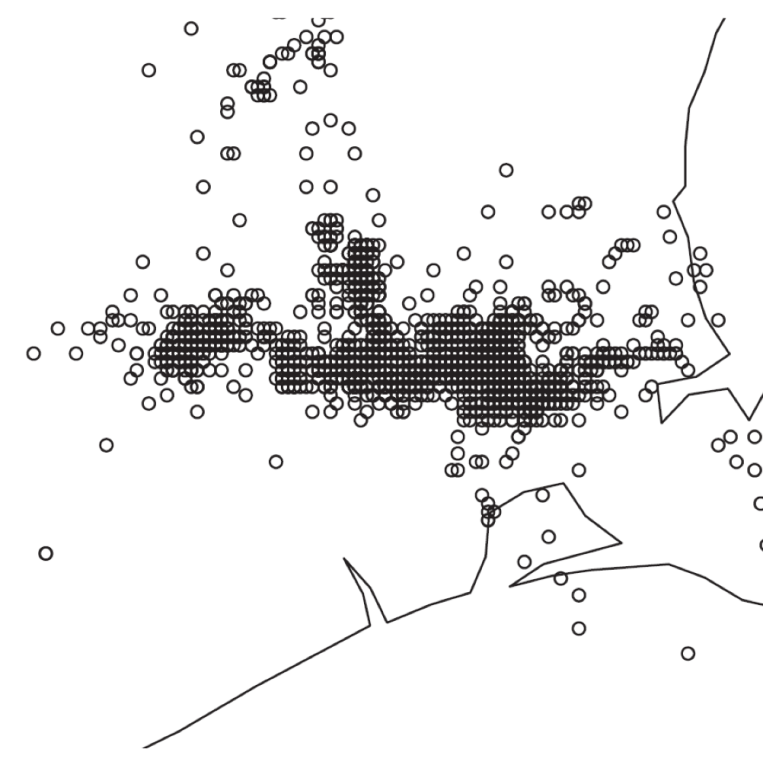Blog
-
Spectra of Sparse Non-Hermitian Random Matrices
Posted on
by
Random matrix theory starts from the assumption that the large-scale behaviour of a complex system should be governed by its symmetries and the statistical properties of its parameters, and be relatively insensitive to the precise details of each interacting element.
-
Transport fluctuations in integrable models out of equilibrium
Posted on
by
The physics of many-body systems out of equilibrium poses some of the most challenging questions in modern science. Particularly novel behaviour occurs in one dimension, where integrability often strongly affects the non-equilibrium physics, and numerous conservation laws constrain the natural relaxation to
-
Synchronization of Chaos
Posted on
by
The Dutch scientist Christiaan Huygens famously observed in 1665 that two pendulum-clocks situated in the same room would, over time, come to be synchronized. The explanation? The two clocks were actually interacting very weakly through movements of the floor.
-
Bias-variance Trade-off in Portfolio Optimization
Posted on
by
According to current international regulation, financial institutions are obliged to calculate the risk in their trading book on the basis of expected shortfall (ES), a risk measure which aims to capture risk from rare, low-probability events more effectively than earlier measures.
-
Attractor dimension of time-averaged climate observables: insights from a low-order ocean-atmosphere model
Posted on
by
The climate system involves a complex interplay between the ocean and atmosphere. Studies of this interplay typically rely on model simulations in comparison with time series data for some feature of oceanic and/or atmospheric circulation on a regional or larger scale.
-
Modeling continuous time series with many zeros and an application to earthquakes
Posted on
by
A leading model in earthquake forecasting is the epidemic-type aftershock sequence model, which takes the times and locations of future aftershocks to depend on previous earthquakes, with more recent earthquakes exerting more influence than older events.
-
Announcing the LML Summer School 2019
Posted on
by
The London Mathematical Laboratory (LML) invites applications to its 2019 Summer School. This will be held at the Abdus Salam International Centre for Theoretical Physics (ICTP) in Trieste, Italy from Monday 8th July to Friday 2nd August 2019. Postgraduate students will spend
-
Postdoctoral Fellow Yonatan Berman joins the LML Ergodicity Economics research programme
Posted on
by
LML is delighted to announce that Yonatan Berman joins the Ergodicity Economics research programme as a Postdoctoral Fellow. Yonatan joins us from Paris School of Economics and has a PhD from Tel Aviv University.
-
Reciprocity and success in academic careers
Posted on
by
Since the 1950s, assessments of the quality and effectiveness of scientific research have increasingly rested on quantitative measures based on publication citations.
-
A semi-parametric spatiotemporal Hawkes-type point process model with periodic background for crime data
Posted on
by
Criminologists try to predict crime with a number of methods, such as “hot-spotting” – making maps of locations where crimes tend to occur – and epidemiological techniques based on the assumption that the local risk of crime rises temporarily after a crime










